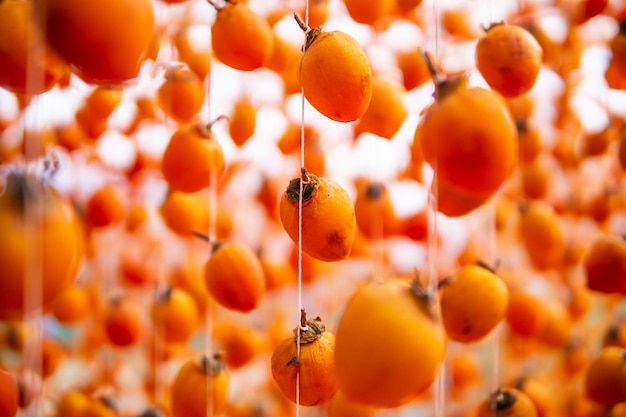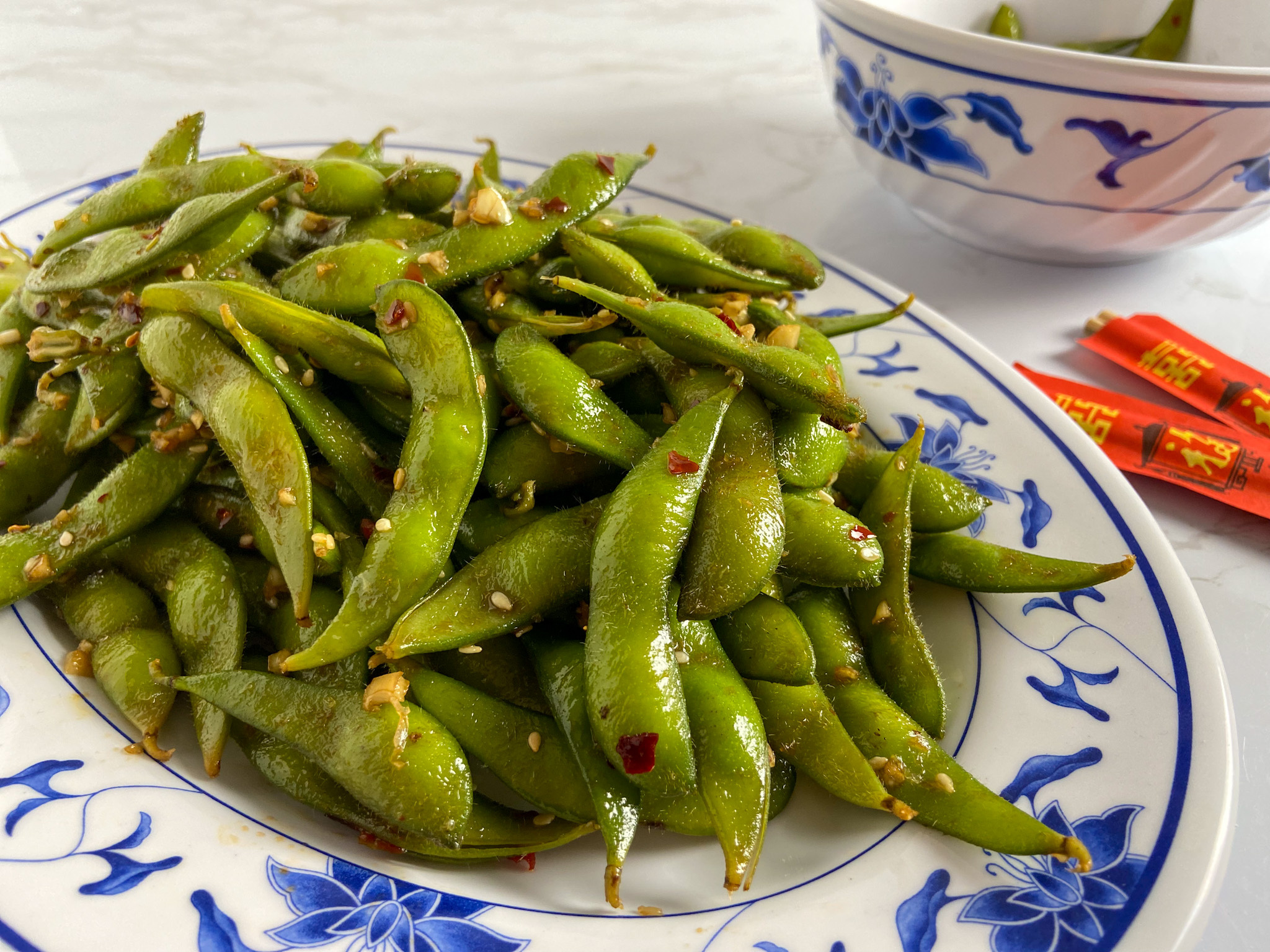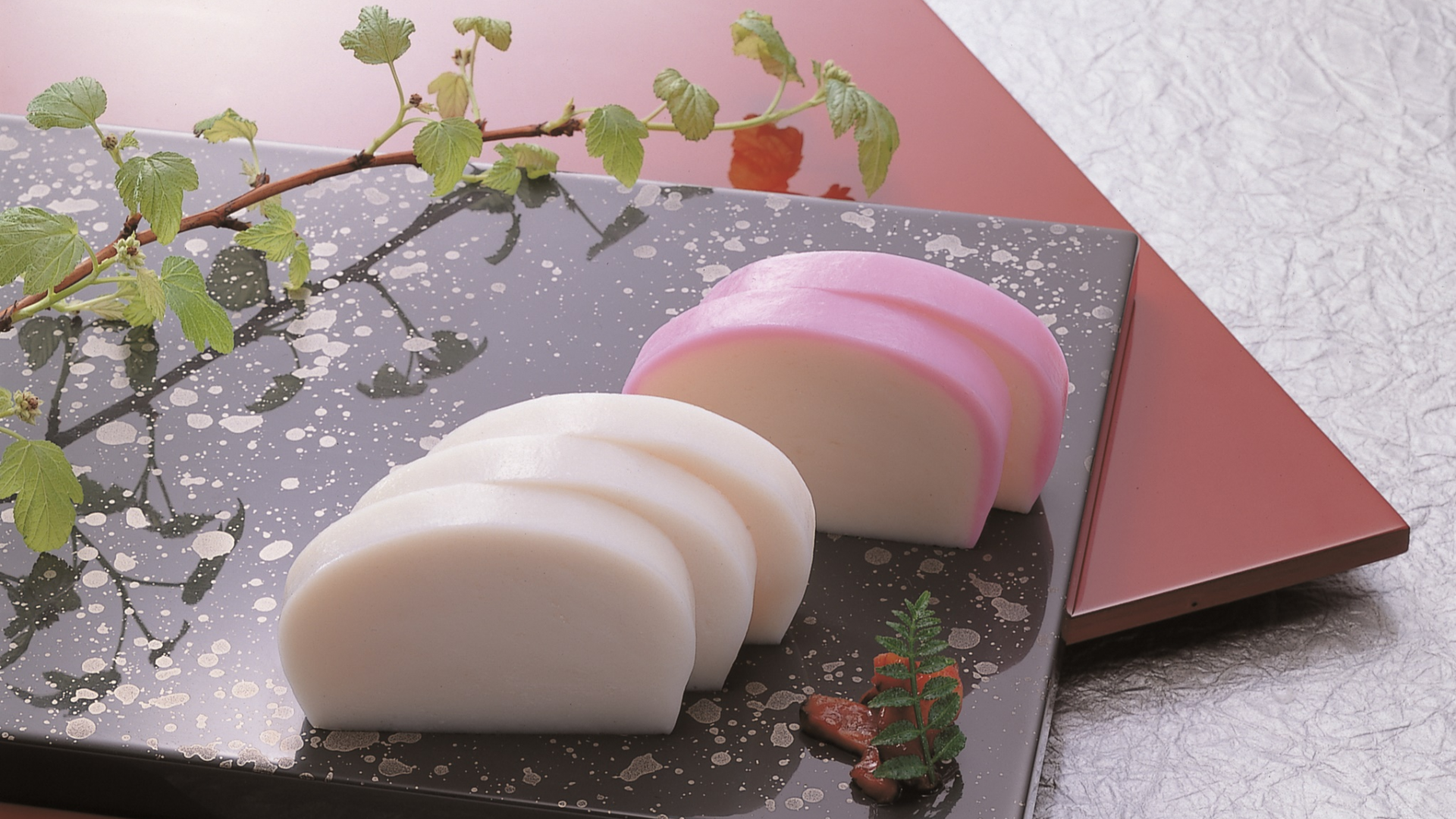Embark on a journey of flavor and tradition as we explore the artful world of Hoshigaki Harmony, showcasing the delicate sweetness and cultural significance of Japanese dried persimmons. Celebrated for centuries in Japan, Hoshigaki represents more than just a dried fruit; it embodies a meticulous process that transforms persimmons into delectable, sweet treats. Join us as we unravel the origins, craftsmanship, and the emerging food trend surrounding Hoshigaki Harmony.
Origins of Hoshigaki
Centuries-Old Tradition
Hoshigaki, or dried persimmons, has its roots deeply embedded in Japanese culture and traditions. The practice of drying persimmons dates back centuries when farmers sought to preserve the harvest and create a delightful, long-lasting snack.
Seasonal Bounty
The process of making Hoshigaki typically begins in the fall when persimmons are in abundance. The fruit is carefully selected for its ripeness and quality, setting the stage for a methodical drying process that highlights the natural sweetness of the persimmon.
Craftsmanship of Hoshigaki
Handcrafted Brilliance
What sets Hoshigaki apart is the meticulous handcrafting involved in its production. Each persimmon is peeled, hung to dry, and gently massaged daily to encourage even drying and the formation of a powdery bloom on the surface. This labor-intensive process requires patience and skill, reflecting the dedication to preserving this time-honored tradition.
Unique Drying Technique
The persimmons are typically air-dried in a controlled environment, avoiding direct sunlight. This slow and gentle drying process allows the sugars in the fruit to concentrate, resulting in a chewy texture and intensified sweetness. The end result is a delicacy that captures the essence of the persimmon in a completely transformed state.
Symbolism in Craftsmanship
Beyond the culinary aspect, Hoshigaki holds cultural significance in Japan. The craftsmanship involved in its creation symbolizes the importance of patience, respect for nature, and the preservation of tradition—an embodiment of Japanese values.
Food Trend: Hoshigaki Appreciation
While Hoshigaki has long been a cherished delicacy in Japan, an emerging food trend is bringing it into the spotlight globally, with a renewed appreciation for artisanal, handcrafted treats.
Global Culinary Exploration
Food enthusiasts and chefs around the world are exploring the unique qualities of Hoshigaki, incorporating it into diverse culinary creations. From desserts to savory dishes, Hoshigaki’s sweet and chewy profile adds a touch of sophistication to various global cuisines.
Artisanal Collaborations
Artisanal collaborations between Japanese producers of Hoshigaki and international chefs are becoming more common. This trend allows for the fusion of traditional Japanese craftsmanship with global culinary expertise, resulting in innovative dishes that showcase the versatility of dried persimmons.
Hoshigaki Tasting Events
Specialized tasting events and food festivals dedicated to Hoshigaki are gaining popularity. These events provide a platform for producers to showcase their craft, educate consumers about the art of making Hoshigaki, and offer tastings that highlight the nuances of different varieties and drying techniques.
Where to Experience Hoshigaki Harmony
For those eager to experience Hoshigaki Harmony, various culinary destinations and events provide opportunities to savor this exquisite dried fruit.
Specialized Hoshigaki Producers
In Japan, there are specialized Hoshigaki producers, often located in regions known for their persimmon cultivation. Visiting these producers allows for an immersive experience, from witnessing the drying process to tasting freshly prepared Hoshigaki.
Artisanal Markets
Artisanal markets, both in Japan and internationally, often feature Hoshigaki as a prized offering. These markets provide a chance to purchase high-quality, handcrafted Hoshigaki directly from producers, ensuring a genuine and delightful experience.
Hoshigaki-Inspired Menus
Restaurants with a focus on traditional Japanese cuisine or innovative fusion dishes may feature Hoshigaki-inspired menus. Exploring these establishments allows diners to savor the unique flavors and textures of Hoshigaki in various culinary contexts.
Embracing Hoshigaki Harmony: A Culinary Voyage
In conclusion, Hoshigaki Harmony invites us on a culinary voyage that transcends time and borders. Whether appreciating the artisanal craftsmanship, savoring the unique qualities in global culinary creations, or attending specialized Hoshigaki tasting events, this dried persimmon delicacy is a celebration of tradition and craftsmanship. So, let Hoshigaki be a source of culinary inspiration, adding its sweet and chewy elegance to your gastronomic adventures and fostering an appreciation for the timeless art of dried fruit perfection.…





